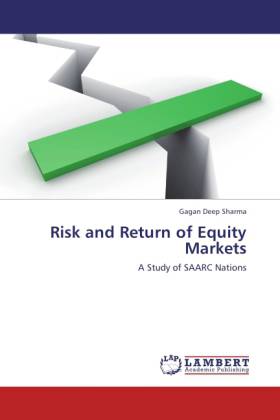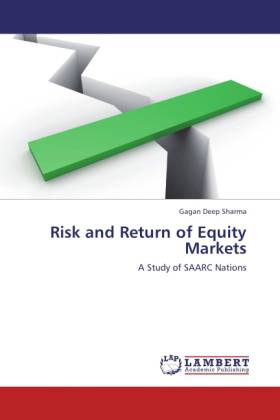
- Afhalen na 1 uur in een winkel met voorraad
- Gratis thuislevering in België vanaf € 30
- Ruim aanbod met 7 miljoen producten
- Afhalen na 1 uur in een winkel met voorraad
- Gratis thuislevering in België vanaf € 30
- Ruim aanbod met 7 miljoen producten
Zoeken
€ 105,45
+ 210 punten
Omschrijving
Formed in 1985, South Asian Association for Regional Cooperation (SAARC) emerges as a significant region in the world in terms of economic and political system. As the flow of capital from all around the world comes into the developing and under-developed economies, SAARC nations are becoming the cynosure for global investors. This leads to an increased interest of the world in the stock markets of SAARC nations. The stock markets of SAARC countries, transforming from low to medium and high growth trajectory, are supposed to yield better rewards than the developed economies' stock markets. While the international investors (institutional as well as individual) are looking for the stock exchanges in the region for diversifying their investments, diversification within the region is also catching the eye of investors and financial analysts. It is with this background that the topic of researching on the risk and return from equity markets of SAARC nations is chosen.
Specificaties
Betrokkenen
- Auteur(s):
- Uitgeverij:
Inhoud
- Aantal bladzijden:
- 228
- Taal:
- Engels
Eigenschappen
- Productcode (EAN):
- 9783847301752
- Verschijningsdatum:
- 30/11/2011
- Uitvoering:
- Paperback
- Afmetingen:
- 150 mm x 14 mm
- Gewicht:
- 320 g

Alleen bij Standaard Boekhandel
+ 210 punten op je klantenkaart van Standaard Boekhandel
Beoordelingen
We publiceren alleen reviews die voldoen aan de voorwaarden voor reviews. Bekijk onze voorwaarden voor reviews.








